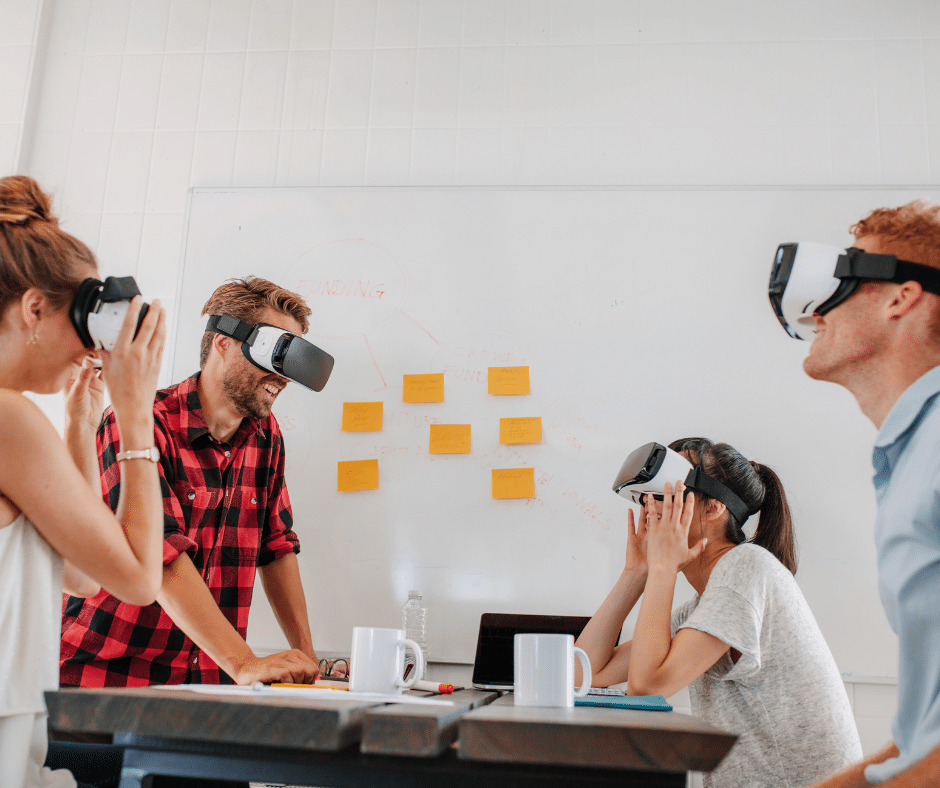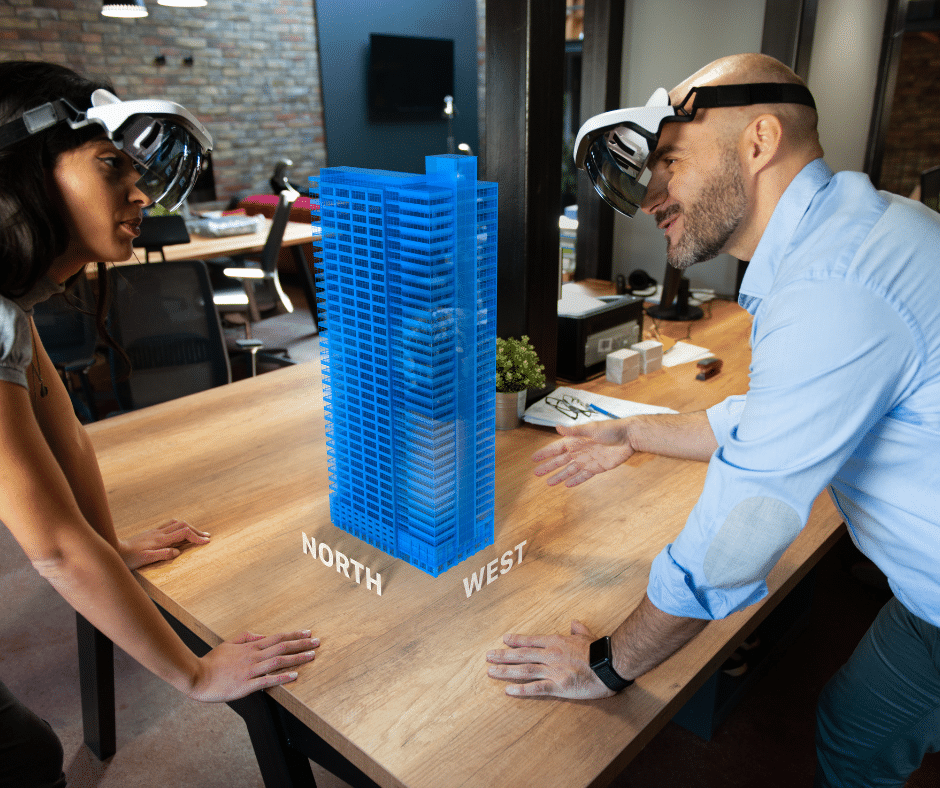
With social media playing such a big role in our lives, both professionally and socially, thinking ahead to what the future could look like can be hard to imagine. Technology is continuously advancing but we never seem to know when a platform or device is going to be the next big thing, TikTok broke into a very competitive space and as of last year had around 2 billion people use the platform.
Looking ahead with the Metaverse, streaming platforms, gaming and so many other media types which are showing no signs of slowing down, it begs the question – what could the future look like for social media consumers?
Is it a ‘Ready Player One’ type world where all media consumption comes through the form of a VR headset? Are we going to continue to be a cyborg type race where our phones are always part of us? Or, will we develop into some Black Mirror like existence where we have brain chips that act as a computer in our brain?

As of Spring 2025, all could be possible. However, this is likely not something that will happen for number of years/will be adapted to quickly. There are a few new pieces of news about upcoming that inform these suspicions.
Firstly, Meta’s obsession with the Metaverse has been hard to miss with billions being spent on advancing the technology to get past this awkward phase where it works but isn’t as appealing as a mobile phone or gaming console. But, for the sake of looking into the future, the technology is only going to get better. Meaning that more and more people will likely adapt to using VR headsets in their day-to-day life. But what does this mean in terms of advertising?
A lot of Meta’s revenue comes from advertising across Meta’s platform. It was reported in 2020 that 97.9% of Meta’s global revenue came from advertising (ref: Statista), so we would be blind to not see that Meta are going to find a way to implement advertising into its ‘virtual world’. Whether this is billboards in a 3D created space or ad breaks from watching content in your Sims like created virtual house.
This may seem far fetched but recently, Google released an immersive ad within Roblox (an online gaming platform where gamers can create and play in virtual worlds) which is the first of its kind. The example shared as a billboard inside one of the Roblox games which users would see whilst playing. So, Meta doing this inside the Metaverse which is looking to implement uses into all aspects of media consumption, whether gaming, working or day-to-day living isn’t entirely impossible?

Along with Google releasing new Immersive Ads, Meta is continuing to work on its augmented reality (AR) glasses. Current versions can be used to ask AI questions, answer calls, listen to music and other basic functions, however there is a lot of room to improve the technology.
In a recent announcement on Threads, Meta has showed off some new features and technology coming to its new Orion AR glasses. New features include new AR integration, where games can be played through the glasses, virtual objects can be moved around a room and you can fend of ghosts with magic spells…
Again, the technology likely has a long way to go before mass usage however there is a possibility of this technology becoming the new norm – think about it, we use our phones all day every day, what is so different about having the same features in a pair of glasses?
How could advertising work in AR? Well, there aren’t a lot of current examples with the technology being so new. A common use of AR for brands is creating custom filters on social media apps such as Snapchat and TikTok where users can post using a filter from a brand which helps promote the brand to a wider audience.

A common discussion in our office is how this technology will affect us, those who advertise on social media and the new ways we will have to adapt to. A current theory is that there will be digital billboards instead of physical ones, where someone who owns these AR glasses will have a tailored billboard displayed to them, instead of a physical one. Not so un-similar to receiving a tailored Instagram ad, only now it is in the real world and not an app we use on our phones.
Over the next few years, I am expecting to see a change in opinion and more interest in this technology. As of April 2025, it all seems too expensive and too farfetched to imagine people walking around with AR being half of their real-world reception, but over time could become the new normal. Personally, I am very excited to see how this technology develops and how it affects the future of my role as a social media marketer.
For more interesting articles from us check out these posts:




